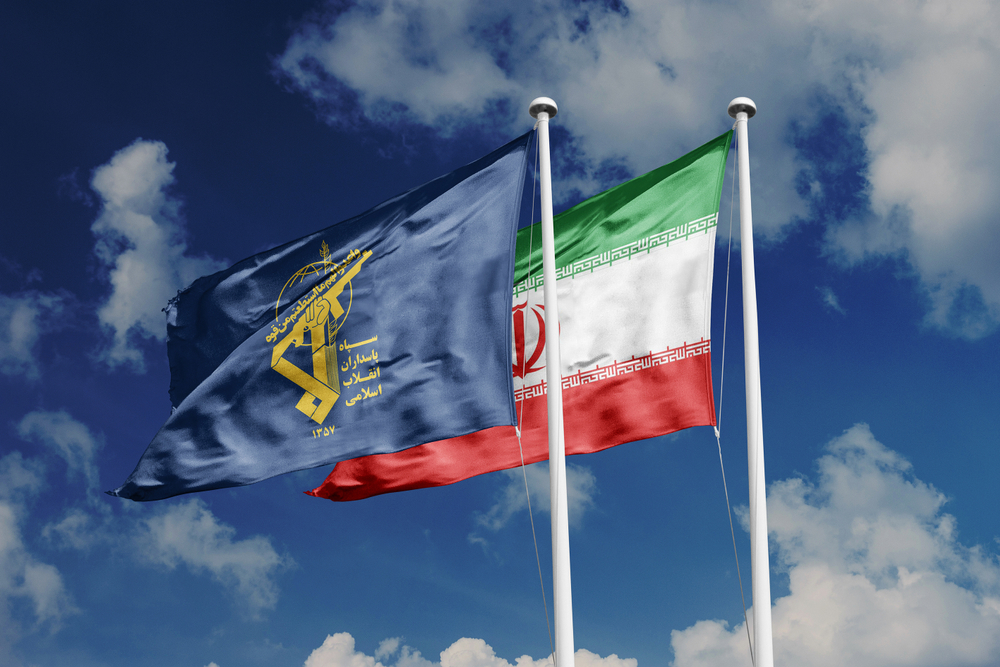IN THE MEDIA
Why Australia should adopt and apply the IHRA Working Definition of Antisemitism
October 8, 2021 | Jeremy Jones

First published in The Contributor, a journal of articles published by the Liberal Party of Australia (WA Division)
Since the arrival of the First Fleet, there has been a small Jewish minority in Australia.
Jewish Australians have served as Governors-General, leaders of the military, in State and Federal Parliaments, contributing to the arts, the professions, in academia, in business and in virtually every other field.
By any measure, the Australian ethos of a fair go and celebration of religious, cultural and ethnic diversity has given members of all communities opportunities and the ability to contribute to the nation in almost an unparalleled way.
Sadly, there have also been people in Australia, and people impacting on Australia from abroad, who try to divide our nation and promote contempt for, discrimination of and even harm to others, and their targets include members of the Jewish community.
The term for anti-Jewish hatred and contempt is antisemitism, a word English has adopted from German and which at no time has had a meaning other than animus towards Jews.
The violence of language and action of terrorist organisations such as Hamas and Hezbollah, the vile language of prominent political figures in countries such as Iran and Pakistan, and amongst some opponents of Israel in this country, have included vile stereotyping, misrepresentation and defamation.
Recent controversy in this State came with the initial support of the West Australian Bar Association of a Victorian barrister who made repulsive comments, which the progressive activist jurist had rationalised through his contempt for Israel. The defence was later withdrawn, but the mere fact that the anti-Jewish nature of the original comment was not obvious to the West Australian Bar Association is testimony for the need for more education on this subject.
We have also all seen the proliferation of conspiracy theories and slanders in online and other discussions of the coronavirus and of an array of contentious political matters. While sometimes those promoting anti-Jewish myths use clear and unambiguous language, others use coded language which is understood by the ideologically initiated and their targets, but sometimes needs to be explained to others.
Over a number of years Jewish communities, academics and policymakers have become aware of a lack of understanding of the forms in which antisemitism is manifested. This related both to specific behaviours and to words used to incite and justify contempt and discrimination.
Responding to this need, the most respected international scholars and researchers devoted considerable time and effort in formulating a definition that would assist non-specialists in understanding contemporary forms of an ancient hatred.
The process took close to two decades, was transparent and democratic, drawing on documentation agreed to by parliamentarians from many countries, academic bodies and both governmental and intergovernmental agencies.
The definition, which was adopted as the non-legally binding Working Definition of Antisemitism by the International Holocaust Remembrance Alliance (IHRA) in 2016, reads: “Antisemitism is a certain perception of Jews, which may be expressed as hatred towards Jews. Rhetorical and physical manifestations of antisemitism are directed toward Jewish or non-Jewish individuals and/or their property, toward Jewish community institutions and religious facilities.”
The IHRA Working Definition of Antisemitism is accompanied by a number of examples that can serve as illustrations of its contemporary manifestations. Noting that “criticism of Israel similar to that levelled against any other country cannot be regarded as antisemitic” it states the obvious: some who claim to be simply involved in critique of the State or its government invoke racist stereotypes and myths, at worst demonising and dehumanising, and at best adopting extreme double standards towards, the Jewish people in the process.
The IHRA Working Definition of Antisemitism notes that different jurisdictions will have a variety of regulations and processes, and does not enter into complex areas such as the boundary between free speech and freedom from speech which has a demonstrable deleterious effect on another individual.
The examples were designed for assisting the work of tribunals, institutions with codes of conduct, law enforcement and others, but did not suggest the introduction of any new restrictions on speech or behaviour.
Australia was recently promoted to the highest level of membership of the International Holocaust Remembrance Alliance, and is recognised as having an important international role in promoting education of the ideology, evil and crimes of Nazism and in confronting the reality of antisemitism today.
The Australia/Israel & Jewish Affairs Council, the Executive Council of Australian Jewry, the Zionist Federation of Australia and other mainstream Jewish organisations in Australia have affirmed that the IHRA Working Definition of Antisemitism would greatly assist in identifying, understanding and responding appropriately to manifestations of antisemitism.
Given the IHRA Working Definition of Antisemitism’s proven utility and its adoption by like-minded governments in liberal democracies in Europe, North America and Asia, it is high time that our Government not only adopted and applied it to national institutions, but promoted its broad adoption around Australia.
Tags: Antisemitism, Australia, IHRA definition





